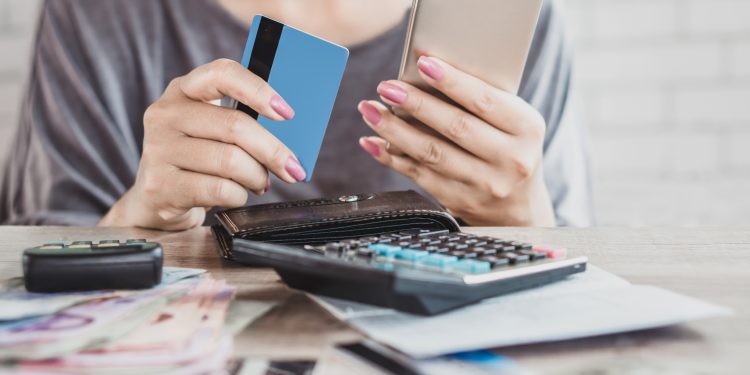Swipe, dip, tap. Credit, charge, debit, prepaid, reloadable. Apple Pay, Google Pay, Samsung Pay, Starbucks, Dunkin’. Venmo, Zelle, PayPal. Chat bots, IVRs, apps. Miles, cash back, reward points. Too many payment options?
Whether you like it or not, the act (or art) of making payments today is pretty darn complicated for consumers—and I haven’t even talked about the many fintechs that are popping up every day to make payments “easier” for consumers.
Has the payments industry, in the quest to make life “easier,” simply created a great big mess of options that the average consumer cannot be expected to navigate? Technology has increased the possibilities of what companies can offer consumer, but is that necessarily a good thing?
There is a school of thought that there can be too much of a good thing.
Have we reached a place in payments where all the new stuff is doing more harm than good? In other words, have we been adding form factors, bells and whistles that, in the long run, provide less value and more confusion?
While thinking about this issue, I found a very compelling article in Kellogg Insight from the Kellogg School of Management, When Are Consumers Most Likely to Feel Overwhelmed by Their Options? This article summarizes a meta-analysis review by several researchers of 21 previously published research papers on the subject of consumer overload.
This review identified five key findings:
- Choice-set complexity: How are the options organized, is there a dominant option, and what information is provided about each option? Complexity is not so much about the absolute number of options but rather how complex choosing among them is. For example, you may have five retirement-investment options to choose from but see 50 pieces of information about each, including performance at different intervals, risk factors, and others. Or you may be presented 50 investment options but only one piece of information—lifetime performance—about each. The former is a more complex choice set, and is likelier to result in choice overload.
- Decision-task difficulty: How difficult is the actual act of deciding? Some decisions must be made quickly, like choosing a meal option from a menu, while others may have much longer time limits or none at all. The former are more likely to lead to choice overload.
- Preference uncertainty: How much do you already know what you want? The more you know about your preferences, the easier it is to make a choice. If you have already established that risk is your most important consideration in choosing a retirement plan, for instance, it will be easy to compare even multiple options along this dimension.
- Decision goal: What is the ultimate goal of sifting through all of these options? If the goal is to make a conclusive choice that may mean considering trade-offs carefully and potentially agonizing over a decision. If, alternatively, the goal is just to gather information that may help with a future decision—such as browsing cars or wedding dresses—then choice overload may be less likely.
I don’t think it would be very hard to relate all of these choice options to the decisions that consumers are being asked to make when it comes to choosing the best payment solutions, or solution sets.
Compound this conundrum with other aspects of a consumer’s life, where the onslaught of choices has been increasing at a similar rate as payments (think consumer electronics), and one can see how the whole idea of choosing the best payment solution can be daunting.
Some behavioral economists call the net outcome of this choice paralysis—too many choices result in no decisions at all.
Perhaps the wise person who first said K.I.S.S.* was on to something.
* K.I.S.S. = Keep it simple, stupid
Overview by Peter Reville, Director, Primary Research Services at Mercator Advisory Group










